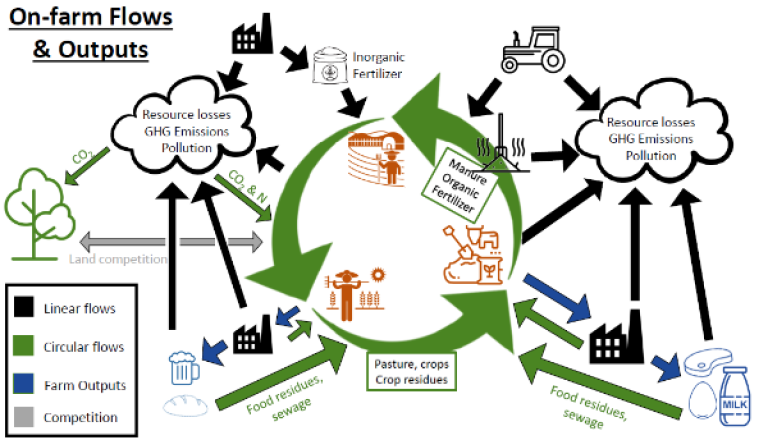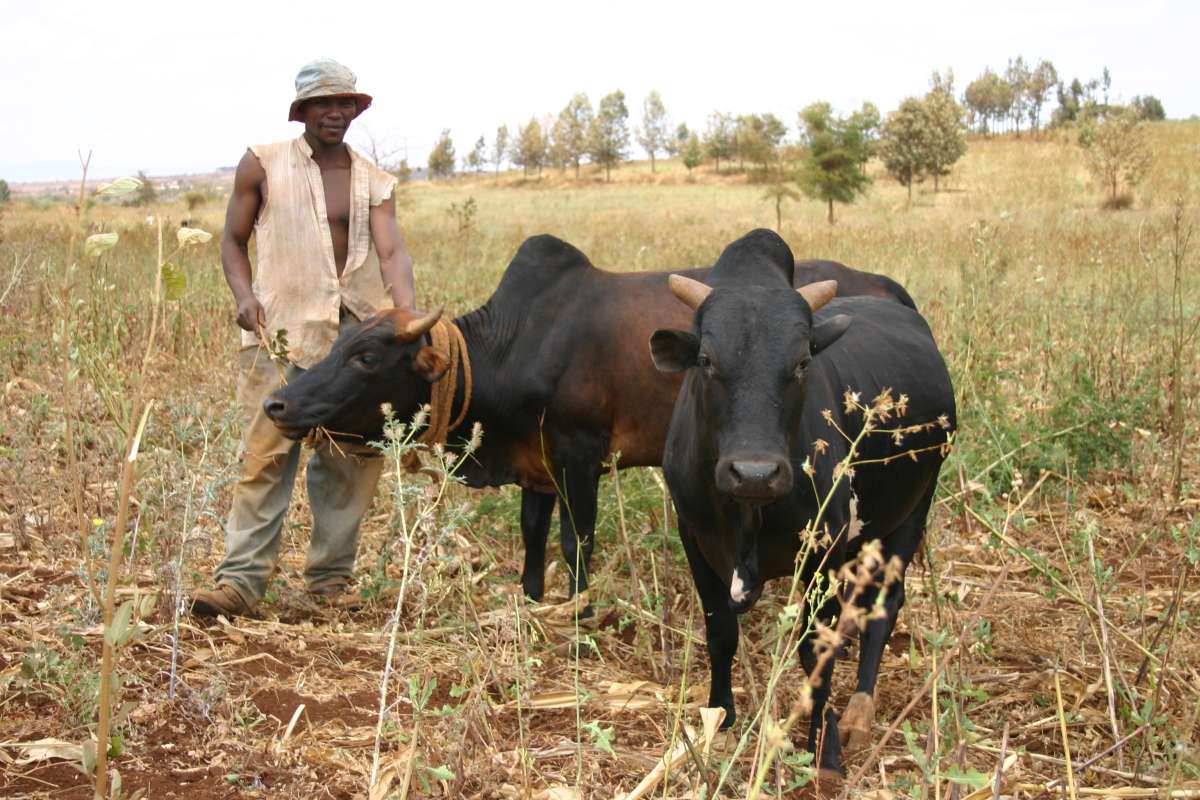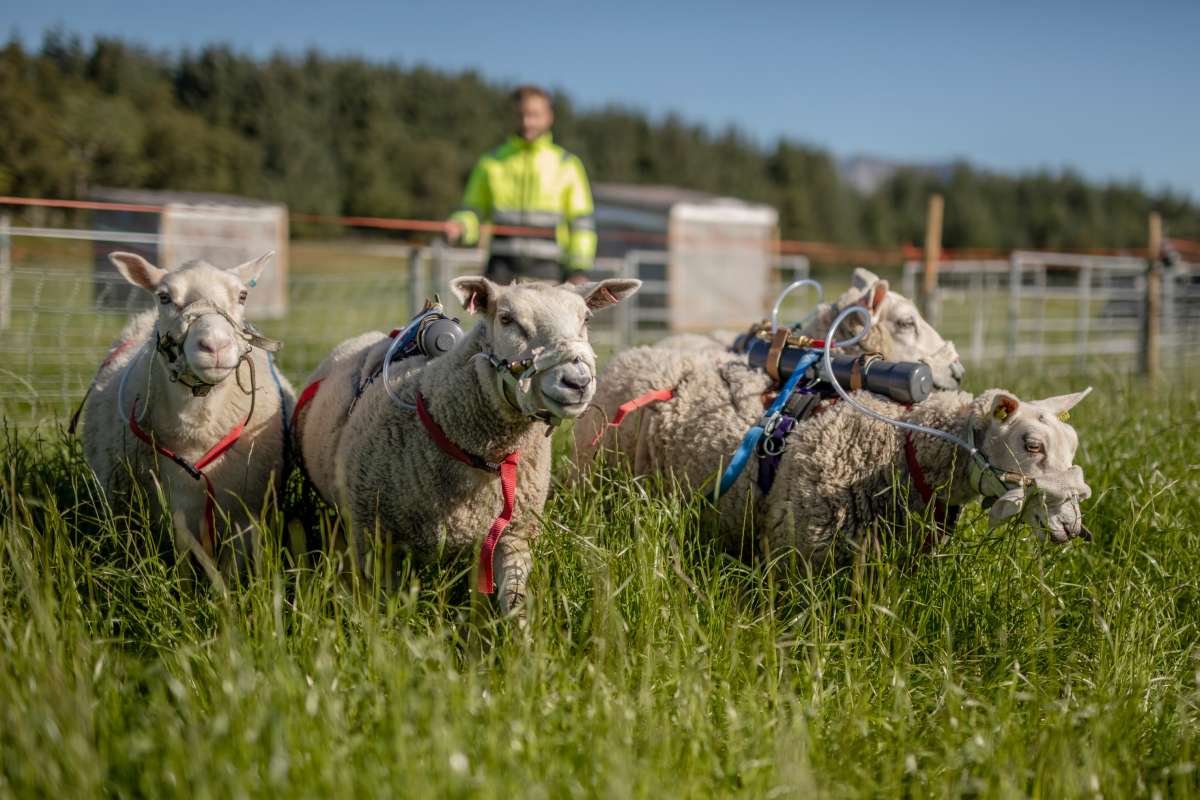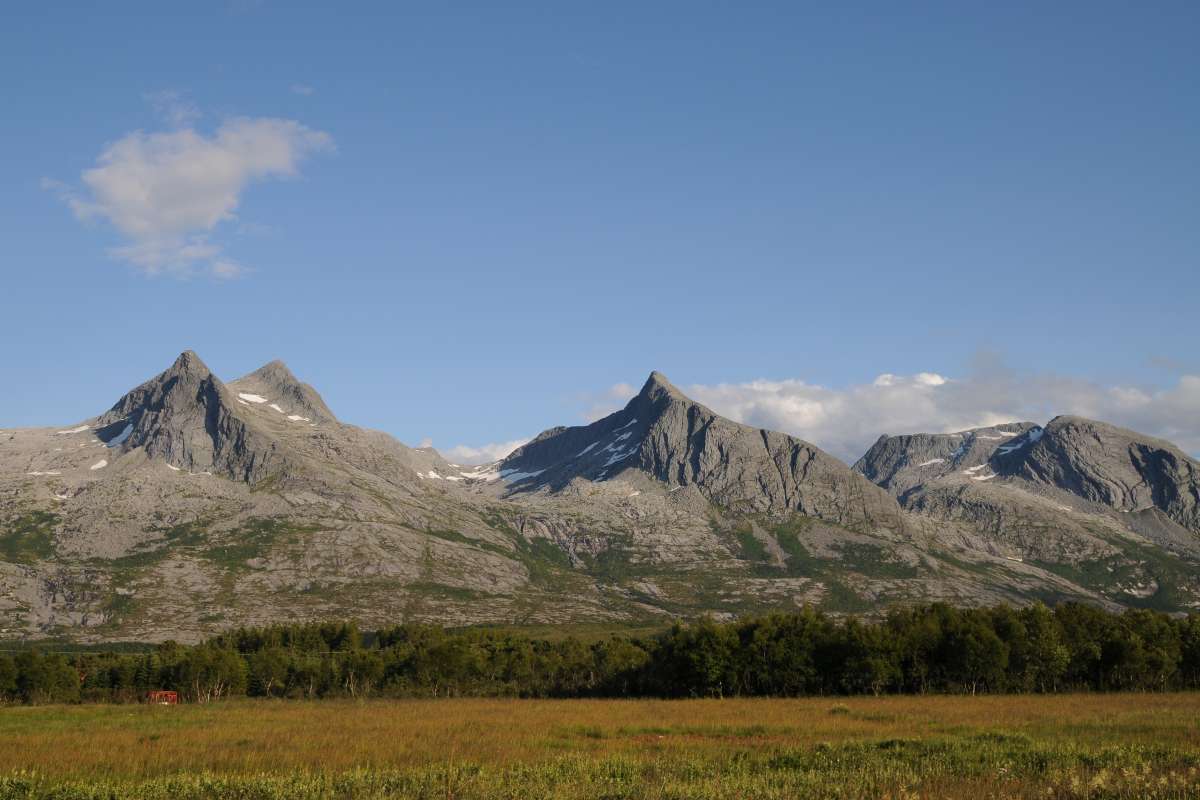Division of Food Production and Society
CircAgric - Strategies for Circular Agriculture to reduce GHG emissions
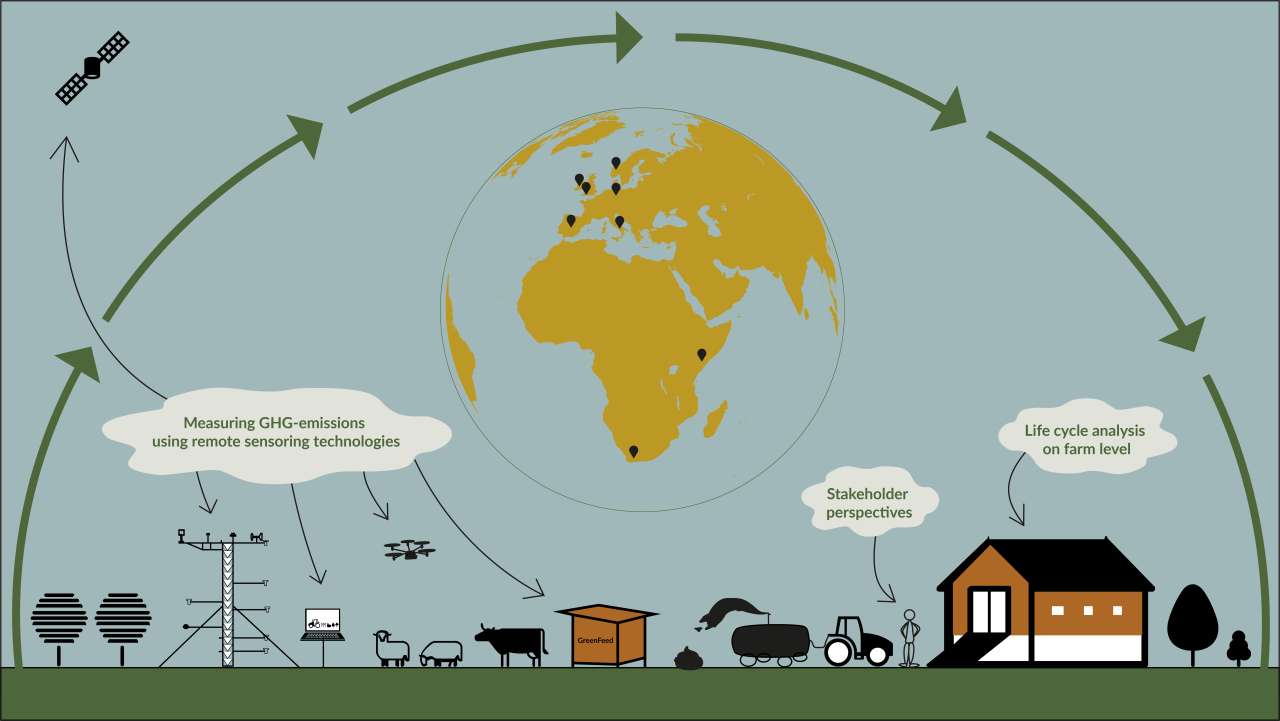
End: dec 2025
Start: mar 2022
This project involved extensive collaboration across multiple work packages (WPs) to advance circular nutrient management and sustainable agricultural development in Europe and Africa.
Project participants
Anette Tjomsland Spilling Lampros Lamprinakis Valborg Kvakkestad James Gibbons, Bangor University, Leading WP 1 Ffion Evans, Bangor University Dave Chatwick, Bangor University Sophie Wynne-Jones, Bangor University Linde du Toit, University of Pretoria, leading WP 2. Guillermo Pardo, BC3 Research, leading WP 3. Agustin del Prado, BC3 Research James Humphreys, Teagasc David Styles, University of Galaway, leading WP 5. Marion Sorley, University of Galaway Clemens Scheer, KIT Anna-Lena Müller/KIT Luciana Bava, University of Milan Francesco Fava, University of Milan Stefania Colombini, University of Milan Martina Pavesi, University of Milan Claudia Arndt, ILRI Norbert Pirk, UIO Alouette van Hove, UIO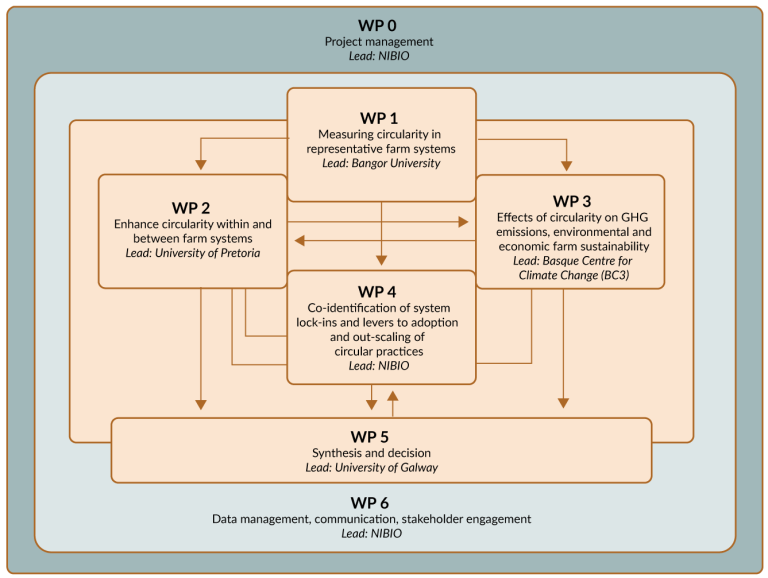
.png)
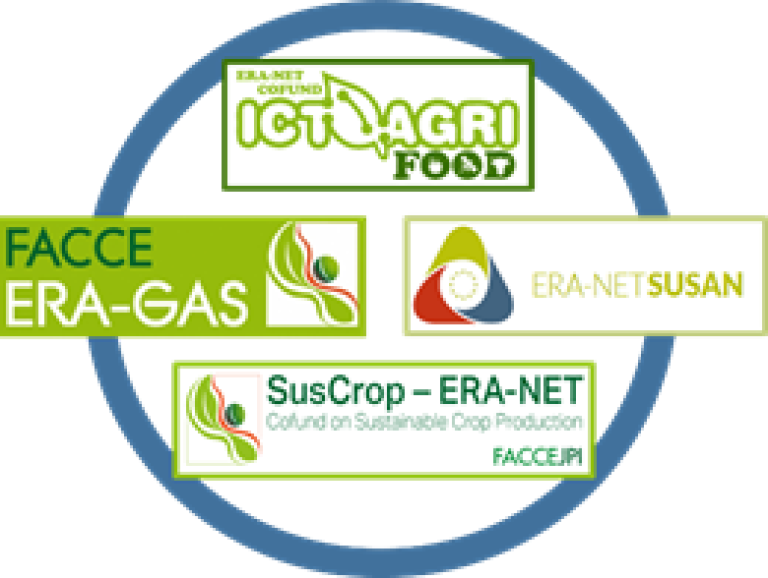
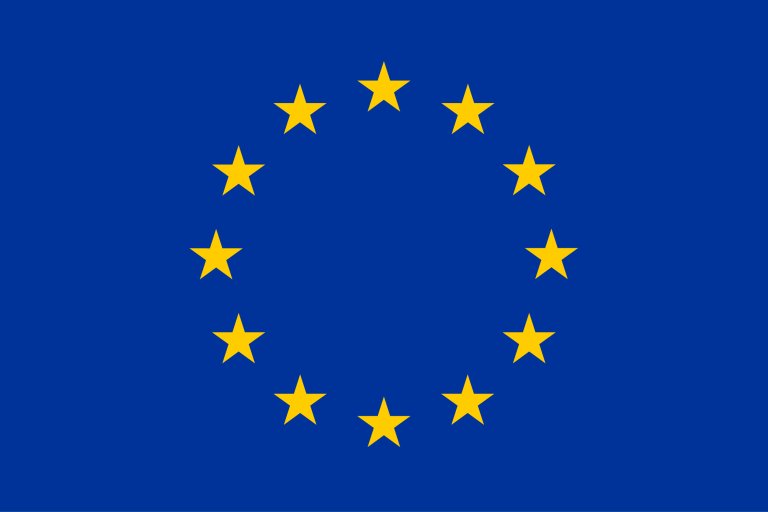
| External project link | CircAgric Website |
| Start - end date | 01.03.2022 - 31.12.2025 |
| Project manager | Vibeke Lind |
| Division | Division of Food Production and Society |
| Department | Grassland and Livestock |
| Total budget | 5090000 |
WP1 established a comprehensive baseline by collecting data from 33 farm typologies across eight countries, hosted in the cloud for partner access.
WP2 evaluated circular practices on 45 farms in four provinces in South Africa, finding common basic measures such as manure recycling and solar energy adoption, especially on medium-scale farms. Advanced circular technologies remain limited, but strong social cooperation offers a foundation for cost-effective scaling through collective infrastructure. Support is needed for smallholders in certain zones to adopt low-cost practices.
WP3 assessed circular strategies using experimental trials, modelling, and farm data. Notable results include reduced milk carbon footprint via bakery by-products in Italy and improved emission reductions through targeted fertilisation and innovative slurry management in Ireland. A methodological framework for circularity assessment in livestock systems was developed and tested across several European countries, contributing to guidelines for livestock in the circular bioeconomy. Significant advancements included protocols for context-specific methane emission factors and cost-efficiency analysis using Marginal Abatement Cost Curves in Kenya and the UK. WP3 also advanced remote sensing for landscape monitoring, with drone and satellite data integration enabling improved measurement of diffuse methane emissions, particularly in Norway and Kenya.
WP4 investigated adoption barriers and opportunities for circular practices in the UK, Italy, and Norway. Farmers recognised circularity as ‘common sense’ and integral to good farming, with policy support and knowledge sharing seen as key to wider adoption. Comparative studies highlighted the influence of farming systems, local policies, and cultural norms on decision-making, emphasising the need for context-sensitive strategies and targeted communication.
WP5 conducted life cycle assessment (LCA) of 71 dairy farms, providing new insights into GHG intensity and emissions sources across farm typologies. A novel application of 12 circularity metrics revealed challenges in snapshot LCA but offered valuable perspectives on resource circularity and land use efficiency. Consequential LCA modelling quantified savings from key measures such as by-product feeding, increased use of grass-clover, improved grazing, and anaerobic digestion. These analyses underpin a decision support tool in development, enabling stakeholders to identify priority circularity measures and associated environmental benefits, considering scalability and constraints at European level.
WP6 maintained a dynamic communication plan throughout the project, disseminating news, findings, and publications via the project website and social media. A final leaflet summarising key outcomes will be distributed to partners, and a virtual stakeholder workshop is scheduled for early 2026 to share results with wider stakeholders.
Collectively, these efforts have deepened understanding of circular nutrient management, quantified environmental impacts, and produced practical tools and policy recommendations to support the transition to sustainable, circular farming systems across Europe and Africa.

